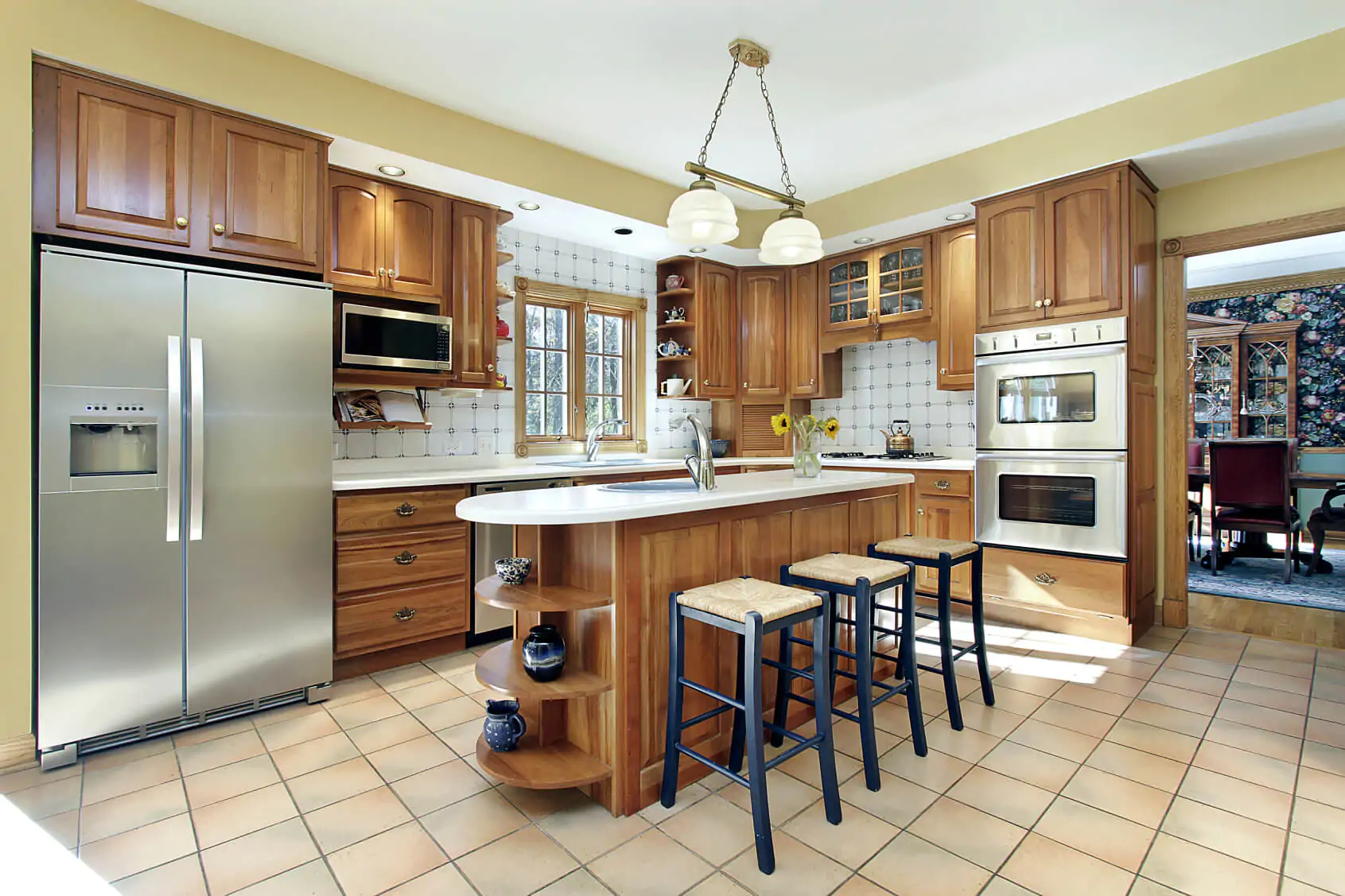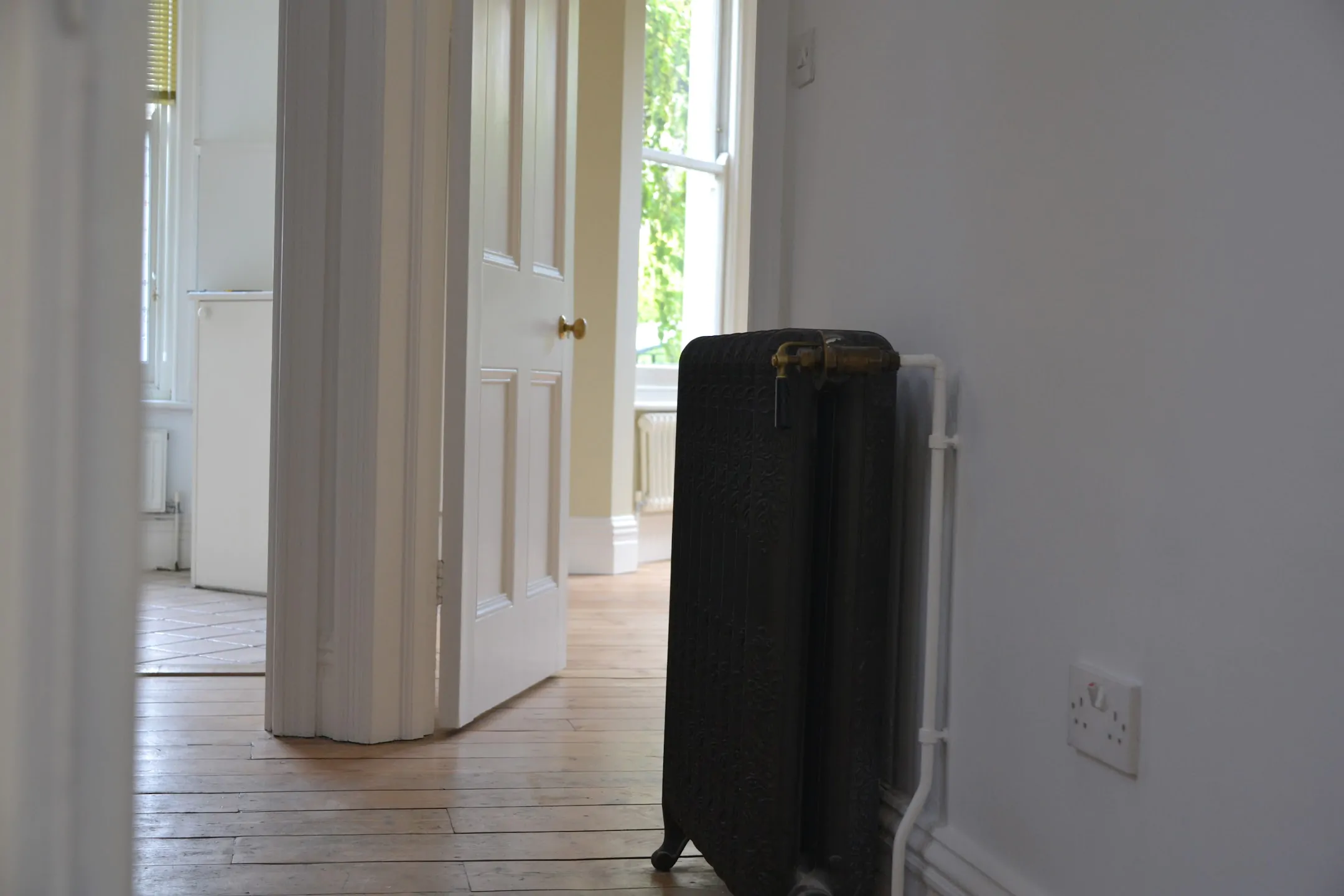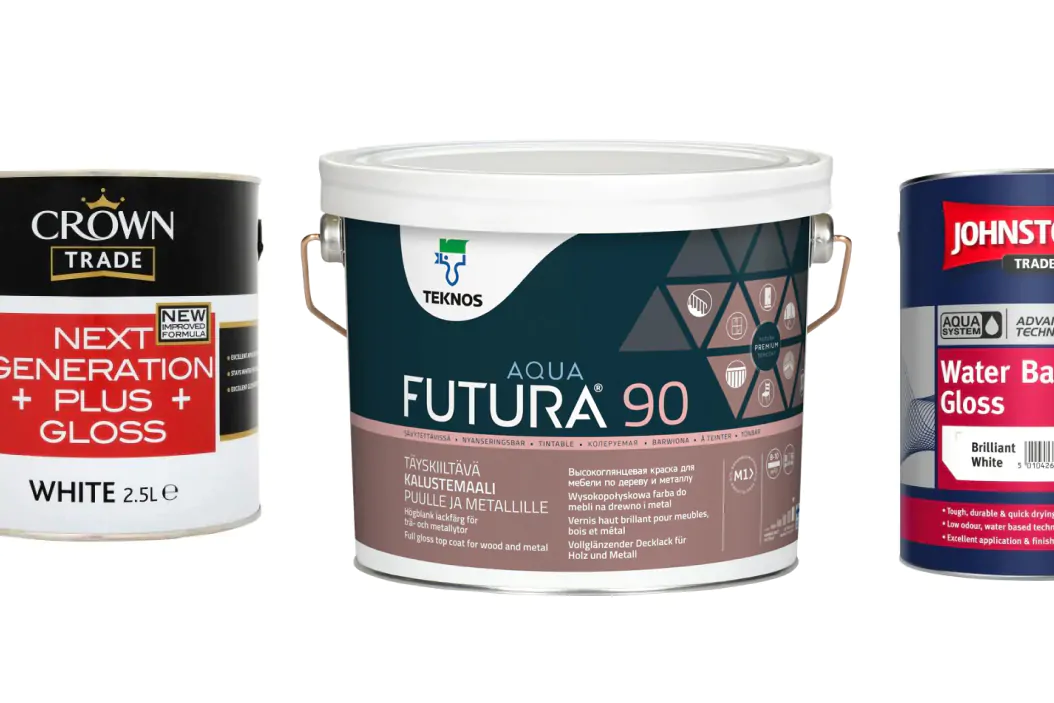
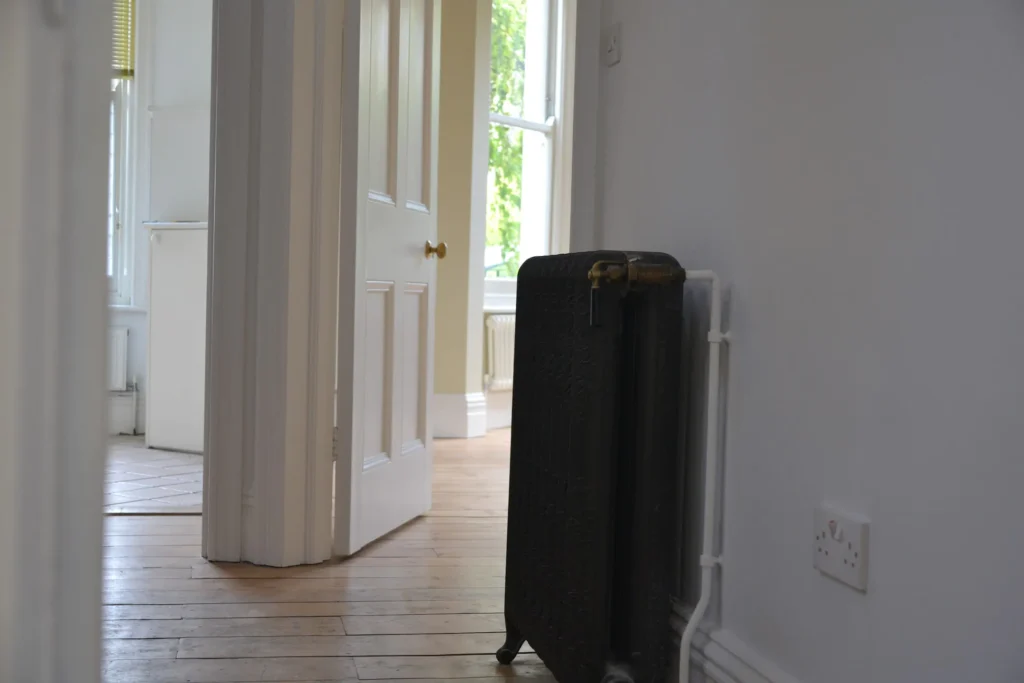
Reasons Why Paint Does Not Dry Completely
Understanding the Factors Affecting Paint Drying Time
You’ve just finished a painting job on a wall or wooden window trim in your Surrey residence, but even after several hours, the paint retains a tacky feel, and you wonder why paint does not dry?.
Regardless of the duration you allow it to sit, it simply doesn’t seem to dry completely. This exasperating circumstance can bring your refurbishment or interior design project to an abrupt standstill.
If you’re dealing with paint that persistently stays wet and sticky, no matter the length of time it’s been left, the amiable decorators at Surrey Painters are ready to assist. With more than ten years of experience in transforming properties throughout Surrey and Weybridge, we have a deep understanding of paint and how to tackle drying problems.
In this article by Surrey Painters, we’ll delve into the typical reasons why paint stubbornly refuses to dry and become free of tackiness.
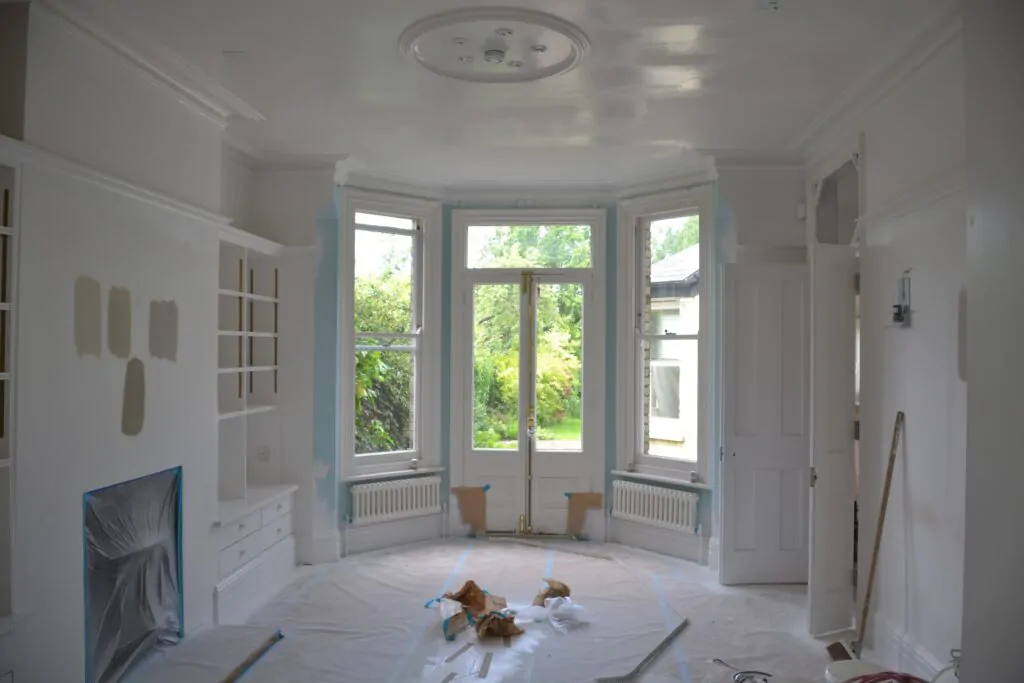
Tips for Ensuring Proper Paint Drying Before you start painting, consider the following points to ensure proper paint drying:
- Check the paint’s expiry date. If the date is not indicated or is illegible, the paint may have expired and should not be used.
- Consult the product’s instructions for recommendations on usage.
- Shake the paint can thoroughly before opening and stir the paint well before starting work.
- Prepare the surface to be painted by cleaning, degreasing, and priming it.
Five Reasons Why Paint Dries Poorly Paint may take a long time to dry due to various external factors:
- Unsuitable room temperature: The temperature in the room may not be optimal for paint drying.
- Improper humidity levels: The humidity in the room may be too high or too low.
- Poor ventilation or drafts: The room may lack adequate ventilation, or drafts may be present.
- Excessively thick paint layer: Applying a paint layer that is too thick can prolong drying time.
- Porous surface: The surface being painted may be porous, affecting paint drying.
Solutions for Paint That Is Not Drying If your paint is not drying, try the following solutions:
- Ensure proper ventilation in the room without causing drafts.
- Use a construction hairdryer, a regular heater, or an electric fireplace to dry the painted surface.
- Purchase special catalysts from DIY shops to help the paint dry faster.
However, it is essential to note that paint that takes a long time to dry may not last very long. Professional decorators recommend removing the entire applied coat of paint, carefully preparing the surface, following all instructions, and repainting.
High-quality work with good paint will keep your home looking great for an extended period. We hope you find this article helpful and that your paint dries quickly without requiring extra measures or effort.
Common Types of Paints and Their Drying Times
Understanding the drying times for various types of paint can help you manage your expectations and plan your renovation project accordingly:
- Water-based paints (emulsion paints): Water-based paints generally dry relatively quickly, with touch-dry times of around 30 minutes to an hour. A second coat can usually be applied after 2-4 hours, depending on the specific product and environmental conditions.
- Oil-based paints: These paints take longer to dry, with touch-dry times ranging from 6-8 hours. A second coat can generally be applied after 16-24 hours.
- Alkyd-based paints: Alkyd-based paints dry slightly faster than oil-based paints but slower than water-based paints. Touch-dry times can be around 2-4 hours, and a second coat can be applied after 8-16 hours.
- Two-component paints (epoxy or polyurethane): These paints require mixing two components before application and have varying drying times. Generally, they become touch-dry within a few hours and can be recoated within 8-16 hours.
Precautions to Take When Painting in Humid or Cold Conditions
If you’re painting in humid or cold conditions, take these precautions to ensure proper paint drying:
- Use a dehumidifier or heater to reduce humidity and increase the room temperature.
- Choose paint products specifically designed for use in humid or cold environments.
- Apply thinner coats of paint to decrease drying time.
- Allow for longer drying times between coats, as humidity and cold can prolong drying times.
How to Fix Common Painting Problems
In case you encounter any issues during your painting project, here are some solutions to fix common painting problems:
- Sagging or dripping paint: To fix this issue, sand the affected area gently, clean it, and apply a new thin coat of paint.
- Uneven paint coverage: If you notice areas with uneven paint coverage, apply additional thin coats of paint until the desired coverage is achieved.
- Bubbles or blisters in the paint: Remove the bubbled paint by scraping or sanding the area, clean and prime the surface, and repaint.
Conclusion:
Paint drying times can be affected by various factors, such as room temperature, humidity, paint type, and surface conditions.
By understanding these factors and taking appropriate precautions, you can ensure your paint dries properly, and your renovation project proceeds smoothly. If you encounter any painting problems, follow the recommended solutions to achieve a professional finish.

